It was a calm, although chilly, Friday afternoon when I set off to walk along the Fife coast.
I hadn’t made a firm plan as to where exactly I’d go, or what I was aiming for.
I’d had enough of the festive indulgence and really just wanted to blow off some cobwebs.
I left my car at the Castle Course golf links – two miles down the coast from St Andrews, and closed for the winter.
From there, I found a path leading down towards rugged cliff tops, and stopped to enjoy one of the coastline’s most panoramic views – of the Rock and Spindle.
What is the Rock and Spindle?
The impressive stack (the rock) has, at its base, a structure that resembles a spinning wheel, made from twisted basalt columns.
A castle once stood on a brae near the Rock and Spindle, and it’s said that William Wallace killed three Englishmen who’d taken refuge there.
I pottered around the bizarre rock formation for a bit, and then headed south to explore a couple of lovely sandy beaches.
It was around this time, as I gazed out to sea, that I remembered a friend telling me about a ‘secret smugglers’ cave’ he often visited down this neck of the woods.
How easy is it to find Kinkell Cave?
Could I discover the cave for myself? He had warned me that it was “tricky” to find, and that clambering over slippery rocks would be involved.
I decided to give it a bash, and headed north, towards St Andrews.
As I strolled, I came across a friendly Highland cow grazing peacefully near the shore.
He’s owned by the Fyfe family of Kinkell Byre, whose vision is to create a rewilded landscape, with free-roaming animals acting as “conservation grazers”.
Watch you don’t slip
After around 10 minutes I left the coastal path and headed down onto a beach.
I then climbed over a series of sharp – and extremely slippery – rocks, splashing my legs with water from a seaweedy pool.
Reaching a craggy outcrop overhanging another beautiful beach, I spotted a flimsy looking rope.
I grabbed hold of this and gingerly lowered myself down onto the sand below.
I had a strong feeling that the cave must be close at hand, and this spurred me on.
My friend had told me I’d need to climb over “about three sets of jagged rocks” and look for a “rope hanging down from a muddy slope in bushes”.
It wasn’t long before I spotted the slope, and boy, was it muddy – and steep!
I cursed myself for wearing good jeans and began hauling myself up the incline using various trees and bushes, and then, the rope.
What an adventure!
Once I’d scrambled my way to the top, the cave, which is completely hidden from view below, revealed itself.
What’s the history of the cave?
And what a cave it is! It’s enormous – about 15 feet wide and 80 feet long.
It took a moment for my eyes to adjust to the darkness, and I moved slowly towards the back of the dank cavern.
When the cave was excavated in 1913, beds of sea shells were found, with winkles, whelks and limpets in abundance.
This indicated it had been occupied at some time by primitive people who existed on such food as could be found along the shore.
Excavators also found a rich haul of bones and fragments of boars’ tusks.
A slab of red sandstone was also found buried on the floor, with incised crosses and the figure of monk or a hermit.
Archaeologists discovered Roman pottery from the second century AD including the handle of a bronze jug, a piece of Samian ware, and two fragments of ‘coarse’ red stoneware.
Who lived in the cave?
This led them to conclude that the cave was inhabited in the Roman period, and again during the Celtic Early Christian period.
Later, according to local tradition, it served as a place of refuge for Covenanters.
Today, it bears no trace of any carvings, probably due to the fact that the sandstone roof is gradually flaking off.
The cave is sometimes referred to as the ‘smugglers’ cave’. But where’s the evidence?
Fife Council archaeologist Douglas Speirs told me there are traces, now largely buried by a soil slip, of a wall that enclosed the mouth of the cave.
“This is likely 18th or 19th Century and may very well be connected with the illicit use of the cave in terms of smuggling,” he said.
“This was extremely common in Fife. Everyone was trying to evade the excise man.”
Great hideaway for a hermit
It’s likely that all Fife’s caves were used to a limited extent during the Bronze and Iron Ages, added Douglas.
But it’s from the early to the later medieval period when they saw the most use.
Why is that? “Because early medieval Christianity had a particular interest in the emulation of the life of Christ and particularly his interest in solitude and contemplation,” he explained.
“Consequently, from the 8th to the 14th Centuries, Fife’s coastal caves were commonly used by Christian hermits seeking solitude.”
Ca’ canny as you exit!
Kinkell Cave is certainly a magical place: I was reluctant to leave. And to be honest, the prospect of the rope and muddy descent didn’t appeal.
Not surprisingly, I slipped on my backside, skidded awkwardly on the mud ‘slide’, and ripped my jeans.
So if you do attempt to follow in my footsteps, please be careful – and don’t wear your best clothes!
A wee bit further north is the Maiden Rock, another brilliant example of a sea stack.
It likely got its name from the fact it stands isolated from the cliffs.
I left that stack for another day of discovery, and made my way back to the car.
I only wished I’d had a spare pair of jeans to change into!
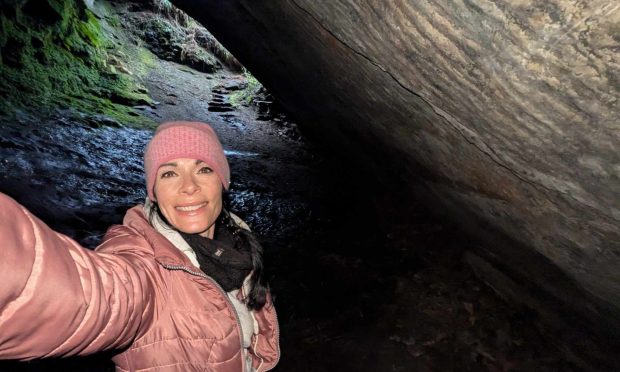
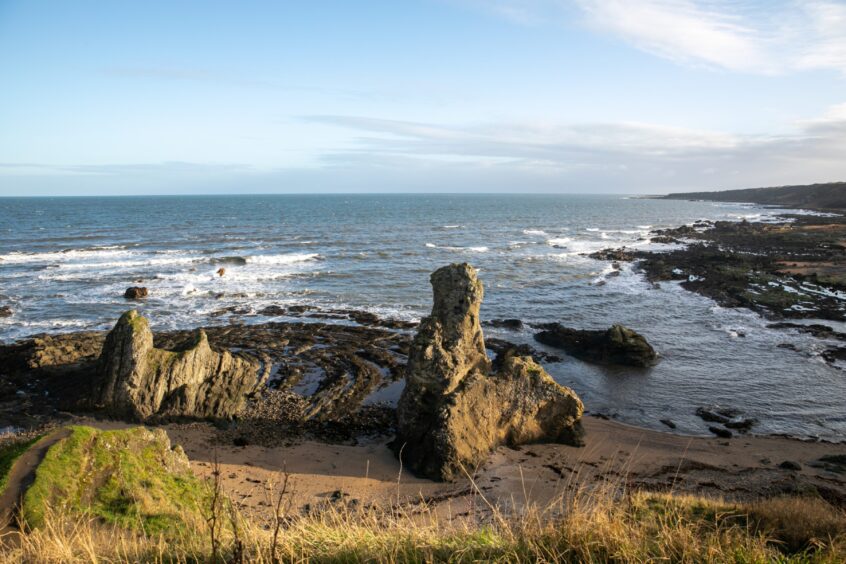

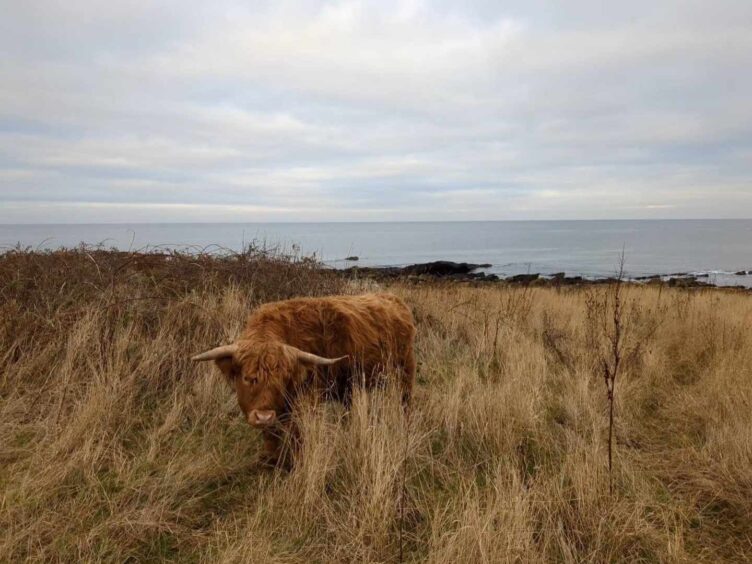
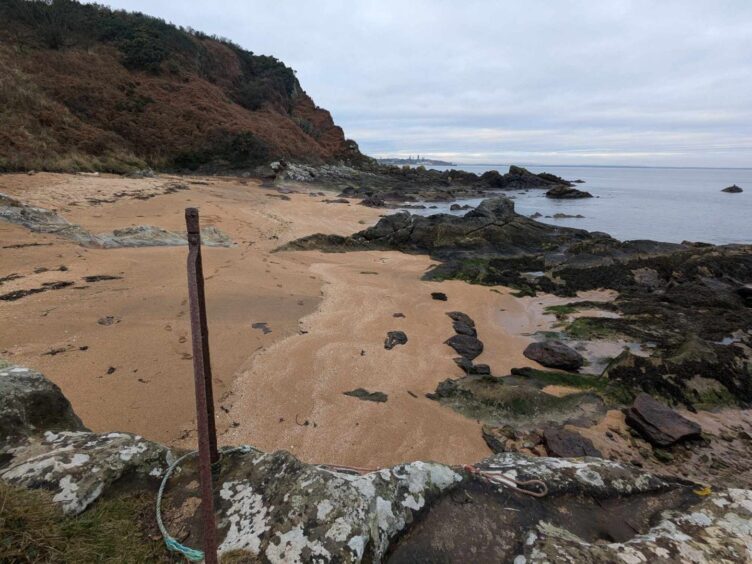
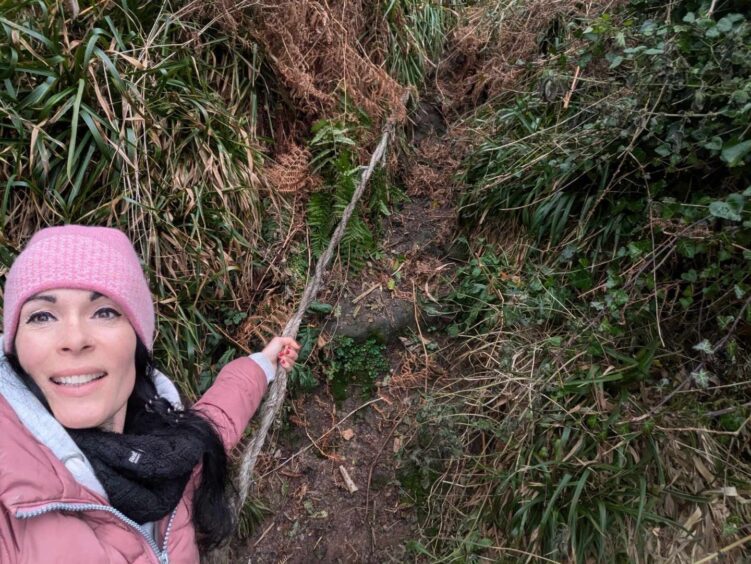
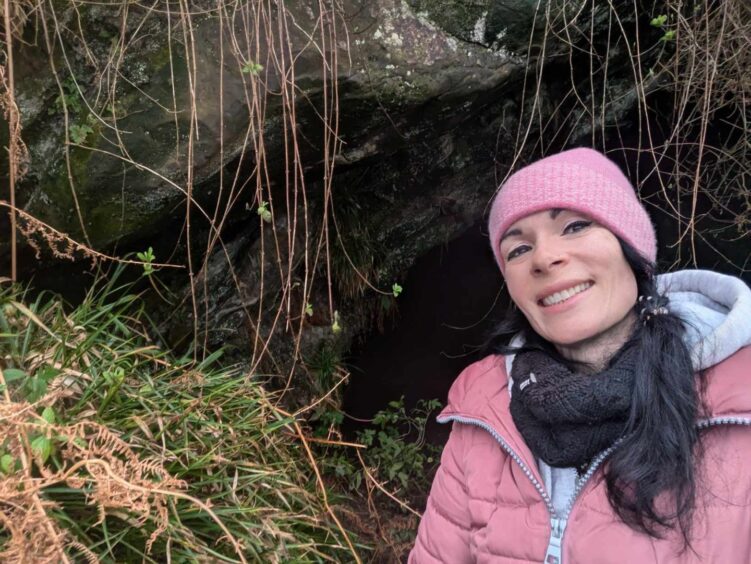
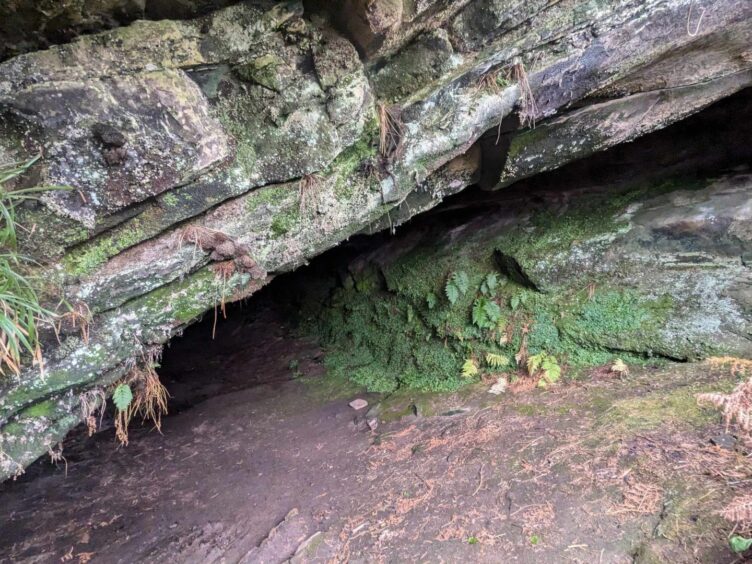
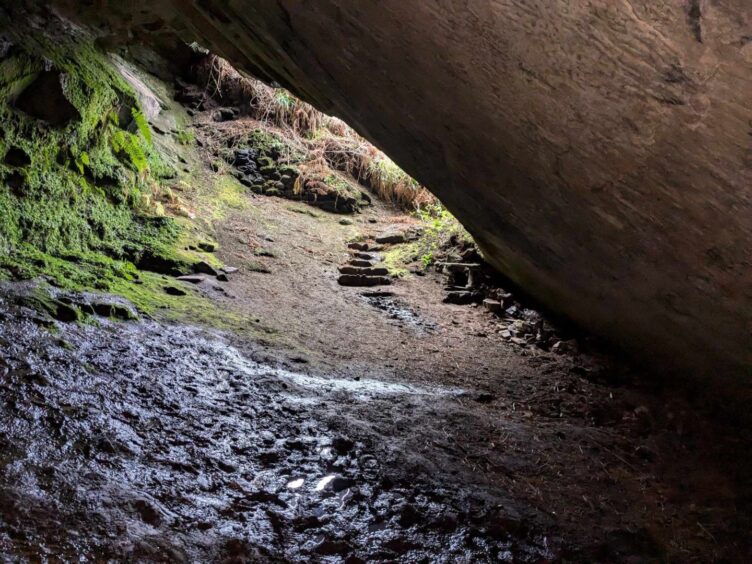
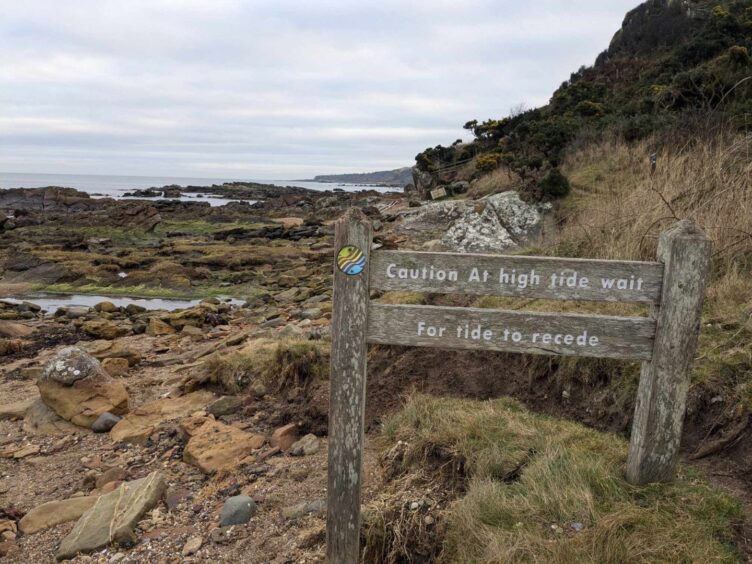
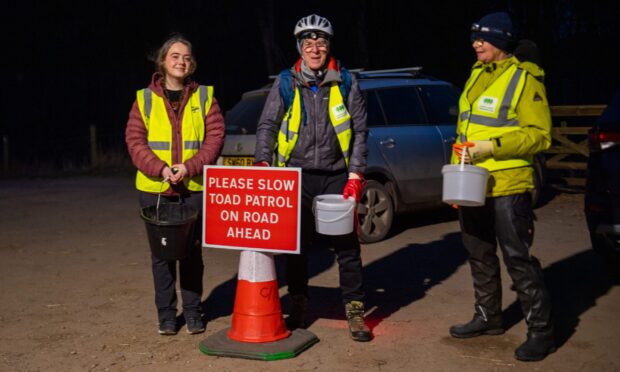
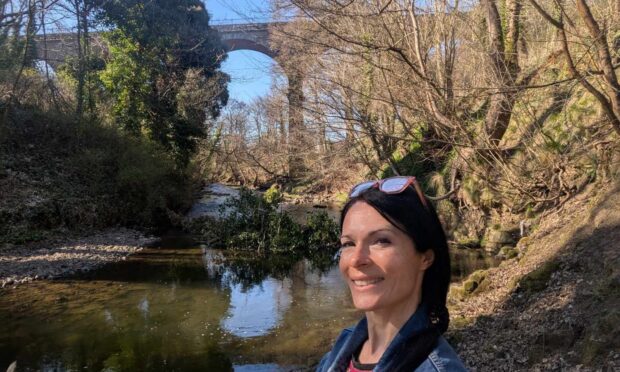
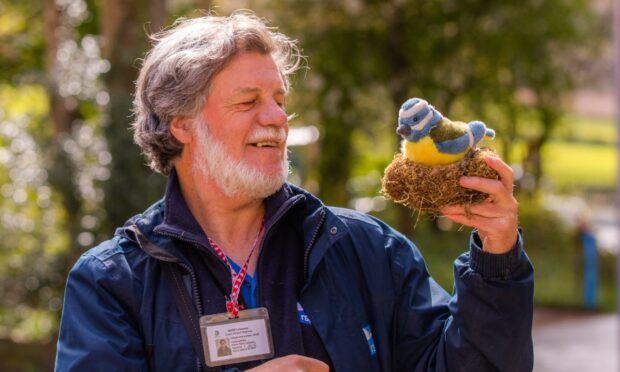

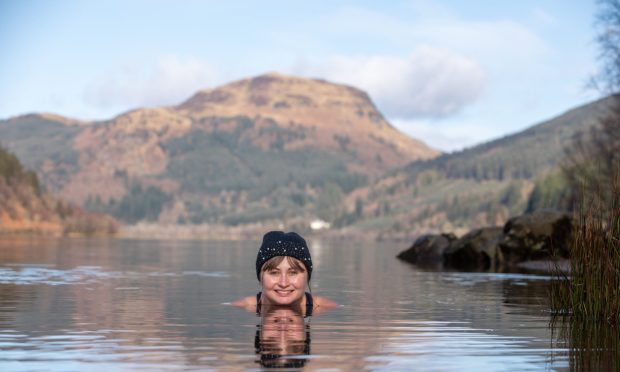
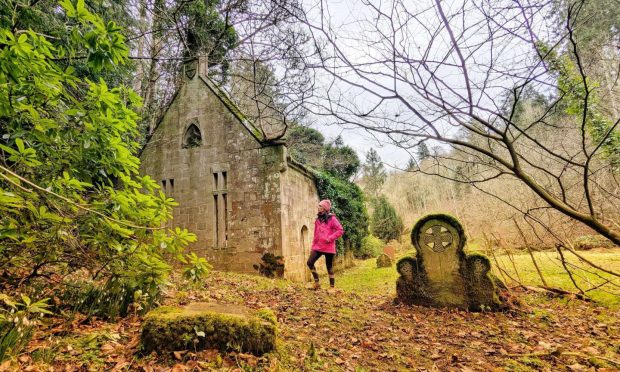
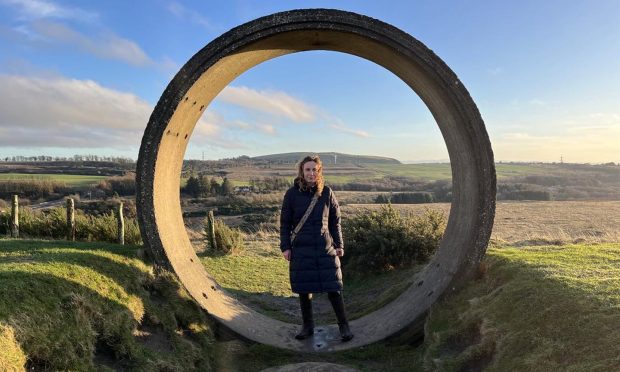
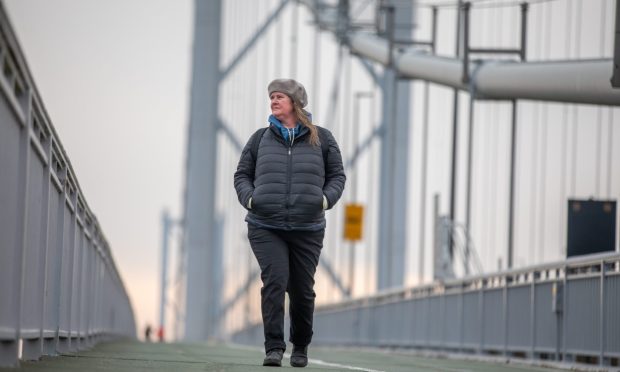
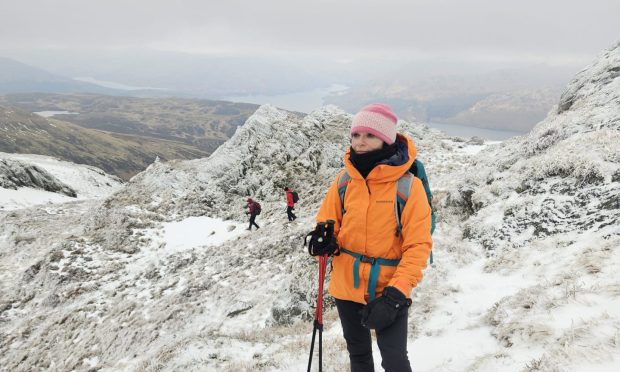
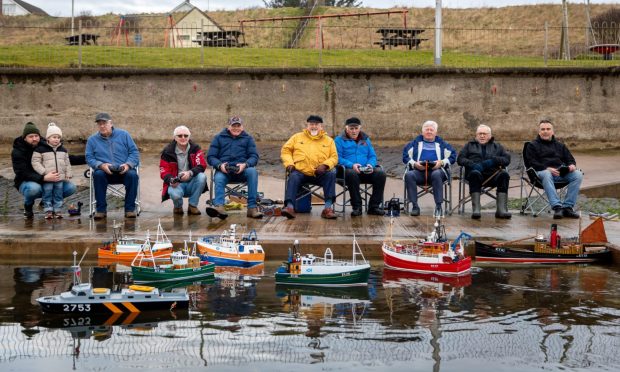
Conversation